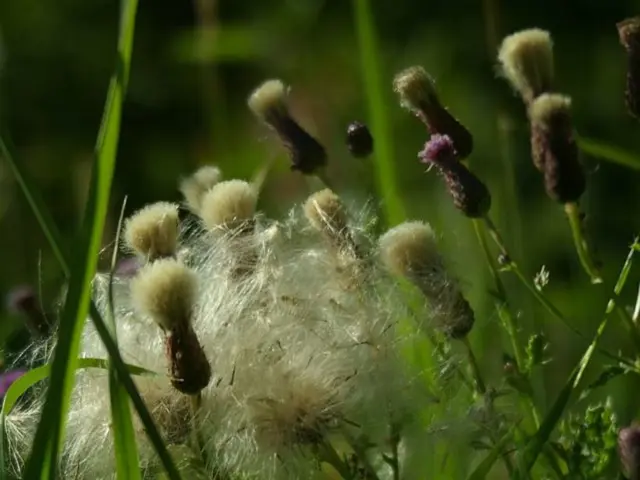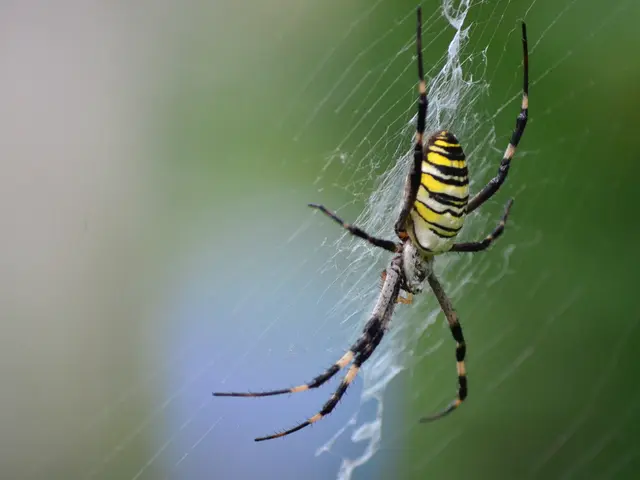Adverse Outcomes with Peppers: Understanding Risks and Complications
Ready to get growing some fiery peppers in your garden? When they're not making your taste buds dance, they can be a tough little plant to care for - but we've got you covered. Read on for an unadulterated guide to growing peppers indoors and outdoors, covering everything from seed starting to garden pests. Don't say we never do anything for you!
Indoor Pepper Seed Starting
Starting peppers from seeds inside is doable, but it ain't easy peasy lemon squeezy. Pepper seeds take anywhere from a week to 25 days to germinate, and that's a long damn wait if you're a impatient green thumb. Here's what you can do to boost your chances of a successful sprout:
Warm it up
Keep your pepper seedlings cozy and warm. Their preferred soil temperature for germination is between 70°F to 85°F (21-29°C). Gimme that cashmere blanket and cuddle with 'em like you would with a newborn. A seedling heat mat will do the trick if you ain't the kind to keep your house like a tropical rainforest.
Keep it moist
Don't suffocate your seeds with wet soil, but don't let it dry out either. Aim for a happy and balanced moisture situation, and remember it's a delicate balance. Cover your seedlings with a plastic humidity dome or a clear plastic wrap to help keep moisture in - just don't forget to uncover them every few days to let in some airflow. Separate different varieties of peppers into different trays since they germinate at different rates.
Outdoor Pepper Planting
Now that you've got your pepper plants nice and strong indoors, it's time to acclimate them to the outside world. Here are some things to watch out for:
Planting too early
Pepper plants are wimps when it comes to cold weather and will shrivel up like a raisin in a frost. They thrive in hot weather, so give them plenty of time to warm up. A good rule of thumb is to never plant peppers before the soil and air temperatures reach a consistent 60°F (15°C) or higher. Stick a few fingers in the soil; if it's still too cold for a comfortable temperature, wait a bit longer.
Staking right away
Pepper plant stems are fragile, so stake them up as soon as you plant them. Spring storms and wild winds can knock them over like a house of cards, so save your plants from a miserable spiral and stake them up with a single stake or tomato cage.
Feeding isn't just for breakfast
While pepper plants aren't super high-maintenance when it comes to nutrients, they still need something to eat. Adding compost to the soil at planting time will go a long way in providing a well-balanced, fertile soil mix. Stick some slow-release fertilizer into the planting area to help them grow as they should. Add a liquid nitrogen fertilizer like fish fertilizer a couple of weeks after planting to give their growth another boost.
Pepper Growing Problems
Once your pepper plants are up and running, there's not much to do but sit back and enjoy the rustling leaves - well, almost. Here are some common problems you might face and how to fix 'em:
Uneven watering
Consistent watering is essential for healthy pepper growth without any runts or dehydrated leavers. Check the soil daily and water when it's dry to the first knuckle of your finger.
Blossom end rot
Blossom end rot is a pesky condition that'll leave you with pockmarked fruit. It happens when the fruit can't take up calcium due to inconsistent watering or poor soil conditions. Epsom salt is often touted as a cure for blossom end rot, but an abundance of magnesium can actually make things worse. To prevent it, keep the soil evenly moist, and make sure your peppers are getting plenty of calcium.
Sun scald
Peppers can be a delicate bunch, so shield 'em from direct sunlight and you'll have a much happier plant. Keep 'em in full sun during the day, but make sure they've got shade during the hottest parts of the day. Shade cloth can also help protect them against the harsh midday rays.
Stunted growth
If your pepper plants are small, it might be due to inadequate heat, poor soil, or lack of sunlight. Consider running a soil test and planting in full sun to help them grow big and strong.
Peppers not turning red
Patience, my friend. Peppers will turn green first, and then they'll ripen to red. Waiting until fall will speed up the process, so hang in there.
Pests and Diseases
Pests and diseases aren't as common in peppers as in other plants, but keep an eye out for these common troublemakers:
Pests
- Aphids, worms, stink bugs, grasshoppers, and flea beetles can all mess with your pepper plants. Aphids are an issue at the beginning of the year, but leave them alone since they make a tasty treat for other beneficial insects. If you have stink bugs or grasshoppers, organic pest control options include releasing ladybugs and praying mantises into your garden.
Diseases
Peppers can sometimes fall victim to various diseases like bacterial spot, fusarium wilt, and anthracnose. Look out for these problems and seek advice from your local agricultural extension office or a Master Gardener for treatment options.
With these tips and tricks under your belt, you should have no trouble growing spicy, delicious peppers in your garden. Enjoy!
- For anyone exploring the lifestyle of home-and-garden, especially gardening, a fascinating aspect to delve into is seed starting for peppers, whether indoors or outdoors.
- With an interest in home-and-garden and gardening, you may find value in garden printables detailing various pepper planting techniques and caring tips, providing valuable resources for your indoor pepper seed starting journey.
- As you progress in your gardening and home-and-garden routines, consider expanding your knowledge through research and learning on topics such as gardening pests and diseases affecting peppers, ensuring a healthier, vibrant garden printable experience.








